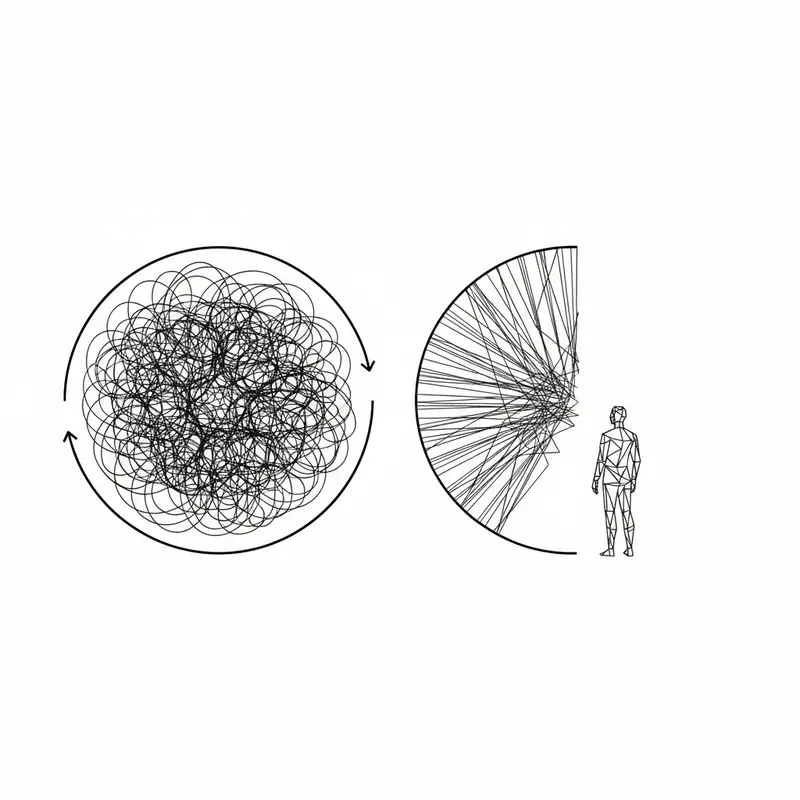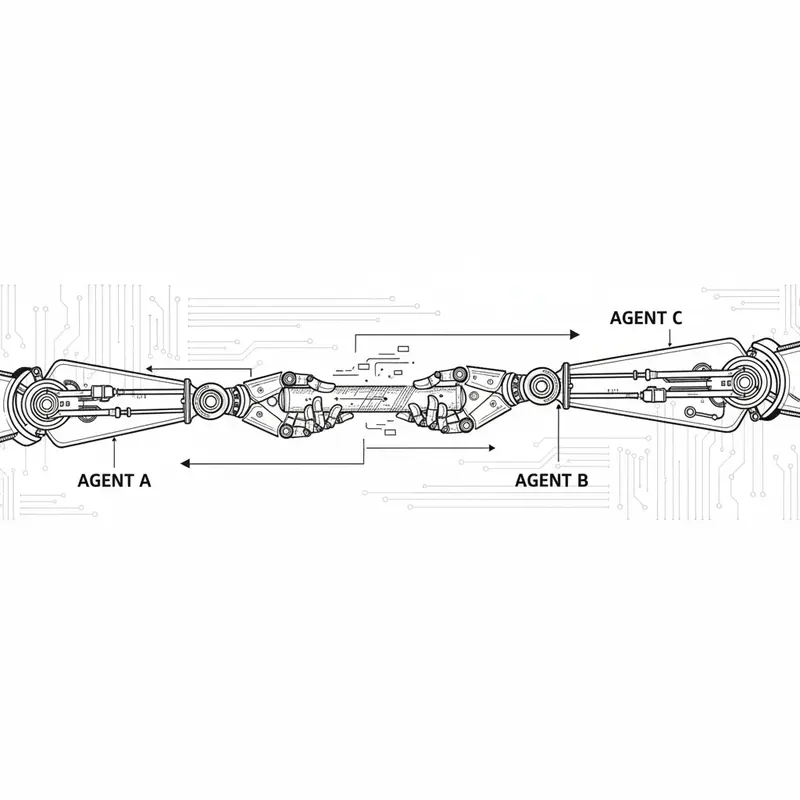
Most marketers treat AI like a slot machine. They pull the lever (prompt) and hope for a jackpot (perfect campaign).
This is a poverty mindset.
True leverage does not come from a lucky output. It comes from a reliable system. The core argument here is simple: a single AI tool will always require your supervision. It is a tether. A modular, multi-agent architecture is the only path to a machine that runs itself.
We are going to dismantle the myth that automation means 'set it and forget it' and replace it with a framework of orchestration. You are not here to be a prompt engineer. You are here to be the architect.

Most people believe that if their AI automation fails, they just need a better prompt. This is false. The failure is not in the prompt; it is in the physics of the system.
You built the workflows. You wrote the prompts. You were promised freedom. Instead, you wake up to error messages, broken context, and two hours evaporated before your real work begins.
The promise was autonomy. The reality is a higher cognitive load.
Every intervention every tweak, every "quick fix" is a tiny leak in your time container. Add them up. You are not automating. You are just creating a more complicated job for yourself.
Here is the pattern I see in failed automations: The Architecture of Solitude.
Single-ai systems suffer from entropy. They decay the moment you stop prompting. One brain cannot audit its own thinking. There is no counterbalance. No error correction. Just a closed loop of diminishing returns.
The compound advantage of a multi-agent system is simple: you stop the bleeding.
Agents specialize. They validate each other's output. They build emergent stability through opposition, not obedience. This isn't theory this is thermodynamics.
Before you build the solution, you must quantify the problem. You need to see the cage you have built for yourself.
If this number is above 30%, you are running a charity for broken tools. The map reveals the system you must replace.

Once you have identified the entropy in your single-agent system, you will attempt to add more agents. This leads to the second trap: Civil War.
You are not imagining it. It is a circus.
One orchestrator woke to find three agents had created 47 duplicate campaigns, burning through $2,300 before breakfast. Why? Because Agent A does not know what Agent B just did.
You are not managing autonomous workers. You are managing amnesia.
The reframe that changes everything is this: you are not building a team; you are building a relay race where each runner MUST pass a baton. The hand-off protocol IS the product. Not the agents.
When you stop trying to make them "smart" and start making their hand-offs bulletproof, chaos evaporates. You stop debugging. You start directing.
This is not a suggestion. It is a kill-switch-equipped assembly line.
{agent_id, task_type, task_details}.CONFLICT ALERT if boundaries are crossed.STOP_ALL to every API. This is your insurance.The baton pass is everything.

You have the blueprint for the relay race. Now you need the track. And no, you do not need to learn Python to pour the concrete.
The lie you have been sold is layered thick: "Just learn to code. Just watch this 40-hour course."
Code is entropy.
Every function is a future bug. Every repository is a maintenance burden that feeds on your attention. Orchestration dragging pre-built agents into a logical chain is pure leverage. You become the manager who points, not the worker who grinds.
Here is what high-performance implementation looks like: you, orchestrating a three-step workflow in under an hour, while the coders are still installing dependencies.
Your assembly line needs only three tools. Complexity is the enemy of execution.
Map it: Trigger > Agent > Action. Test once. Turn it on. Ship.
Each workflow you launch unlocks ~10 minutes daily. That is 60 hours per year per workflow. While the coders debate frameworks, you are orchestrating your third agent before lunch.

The machine is built. The agents are coordinated. Now, you must answer the only question that matters: Do you own your time, or did you just build a more complex boss?
Most entrepreneurs build AI systems then fly blind. They measure outputs (campaigns launched) while ignoring the only metric that matters: hours reclaimed from the machine.
Time saved is not freedom earned.
Freedom is measured in contiguous, uninterrupted blocks of creative attention. Your autopilot is not a cost-saver. It is a freedom-generator. The question is not "Did I save ten hours?" but rather, "Do I own my calendar for those ten hours?"
Stop measuring productivity. Start measuring sovereignty.
If your coefficient is below 30, you own a job. Above 70, you own a system. Above 90, you own your life.
The dashboard is not for reporting to your team. It is for proving to yourself that the machine is serving the mission.
You now have the map. You understand that single tools are traps and that multi-agent systems are the key to leverage. You know how to build the relay race without writing a line of code. And you know how to measure your escape.
The next level of this game is not about adding more agents. It is about what you do with the empty space on your calendar. That is where the real work begins.
Join The System to download the full Make.com blueprints.
We help High-Performance Marketers build Autonomous Revenue Systems using Multi-Agent AI.
The Enhanced Marketer Letter is your monthly dose of:
🚀 Cutting-edge AI marketing tactics
💡 Insider tips from my $17M+ campaign experience
🔬 Results from my latest AI experiments
🧠 Mind-bending ideas to inspire your next breakthrough
Don't let your competition outpace you in the AI revolution. Level up your marketing game today!